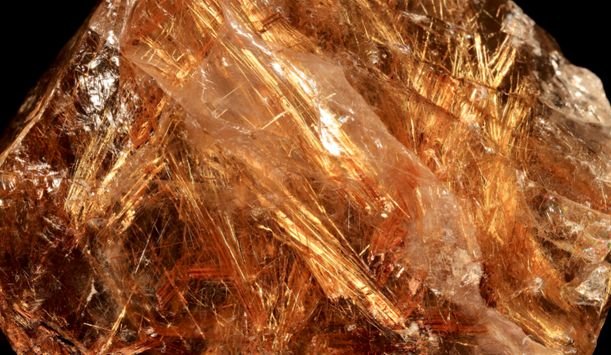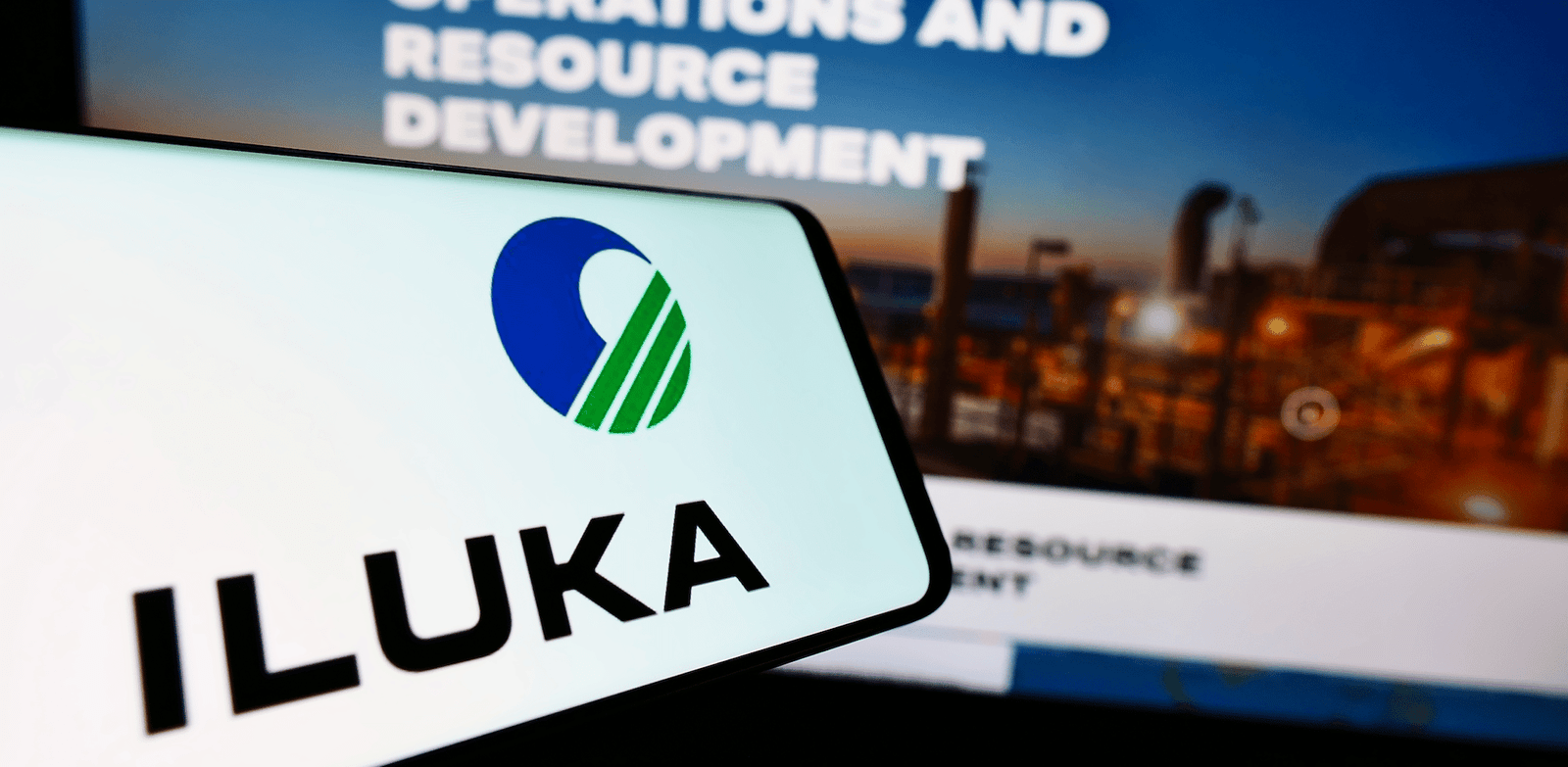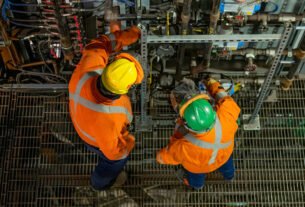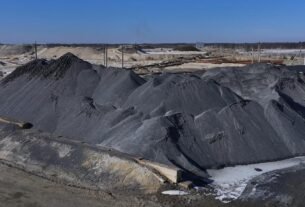
Empire Metals Ltd (AIM:EEE) has announced the discovery a new, near-surface titanium dioxide mineral deposit, comprising rutile and anatase, at the Pitfield Project in Western Australia.
The junior has already reported significant titanium mineralisation from bedrock drilling of its Cosgrove and Thomas targets, but said this is a new easily accessible high-value deposit.
Shaun Bunn, managing director, added: “This is a game-changing development for Empire and one which is expected to accelerate timescales and further enhance the economics of Pitfield.
“This new discovery has been formed by the originally titanite-rich, near-surface bedded sandstones being strongly weathered over time by ‘Mother Nature’ to form rutile and anatase, creating a completely new, discreet high-grade saprolite-hosted deposit, sitting above the giant, titanite-dominant, fresh bedrock deposit.
“Significantly, this highly weathered zone has virtually no waste overburden, sitting right at the surface, and is extremely soft and friable, which bodes well for low-cost mining and mineral processing techniques.
“The fact that it represents the higher-grade portions of the giant mineral system makes the discovery even more exciting.
Empire added the discovery would have “a material and immediate positive impact” on the overall project economics.
Rutile and anatase are both highly valuable titanium dioxide minerals, containing more than 95% TiO2. Both are important feedstocks for the titanium pigment and metal markets.
Recent diamond core and RC drill chip logging confirmed extensive weathering of the uppermost 40m of mineralised bedded sandstones, coincident with high TiO2% grades, covering both the Cosgrove and Thomas mineral prospect areas.
A preliminary mineralogical assessment of the strongly weathered mineralised sandstones indicated an abundance of natural titanium dioxide minerals, comprising around half of all titanium minerals present by mass.
Empire said it now sees potential to develop a fully integrated, single-site, mine to high-quality TiO2 product project with a staged development plan that taps the much higher-grade, high-value, more easily accessible titanium dioxide mineral-rich surface deposits while it develops a processing route for the titanite-rich bedrock ore.
Bunn added: “The strongly weathered cap represents a distinct titanium deposit in its own right, one that could be mined first and be amenable to very low-cost strip mining methods due to its surficial position, broad extent and soft, friable nature due to weathering.
“More of the titanium in the rock is contained within extractable titanium dioxide ore minerals that require little further beneficiation to produce a high-quality TiO2 product.
“Not only do we already have high-value, titanium dioxide minerals in the near-surface ores, these minerals have been formed from the simple weathering of the titanite, providing further evidence that TiO2 products can be derived from this titanite ore source.”




